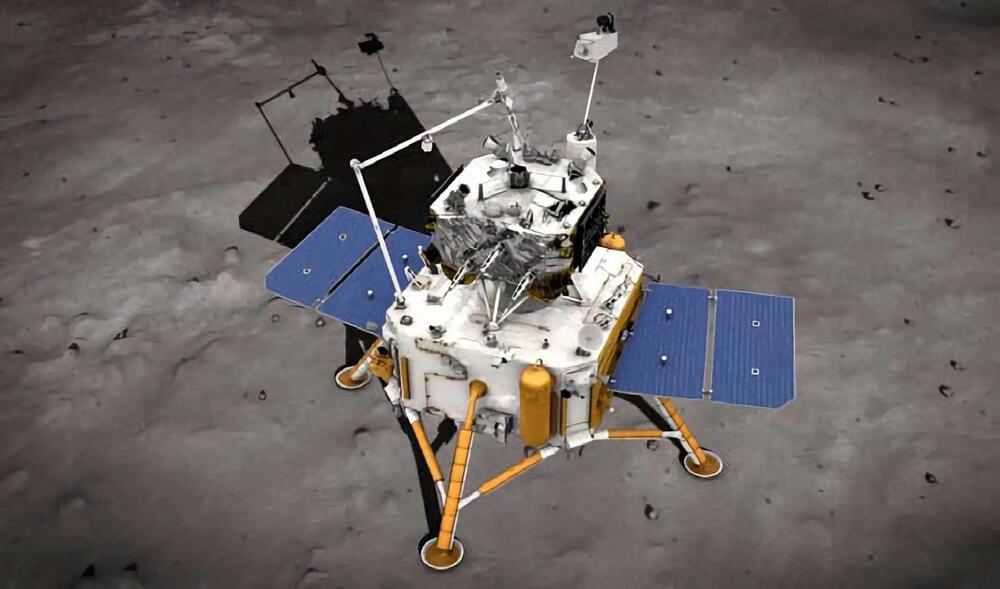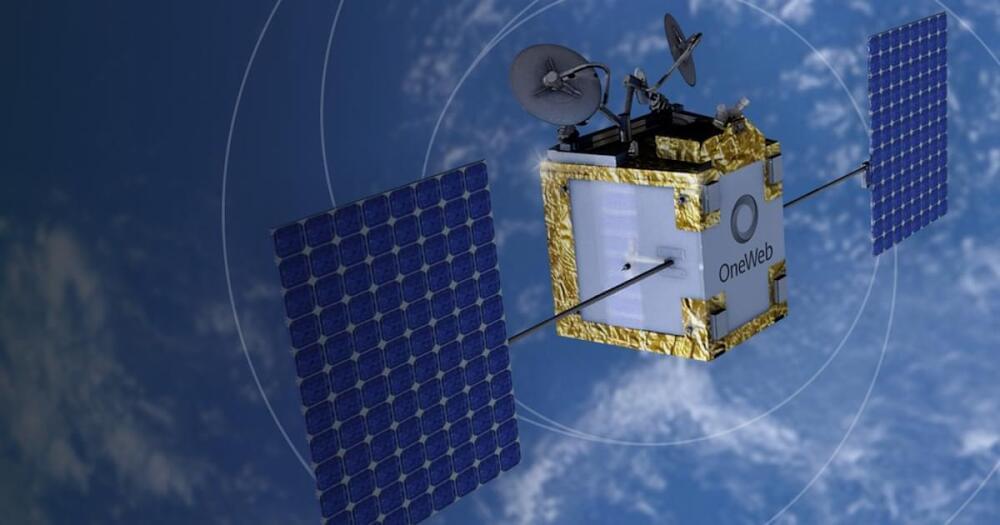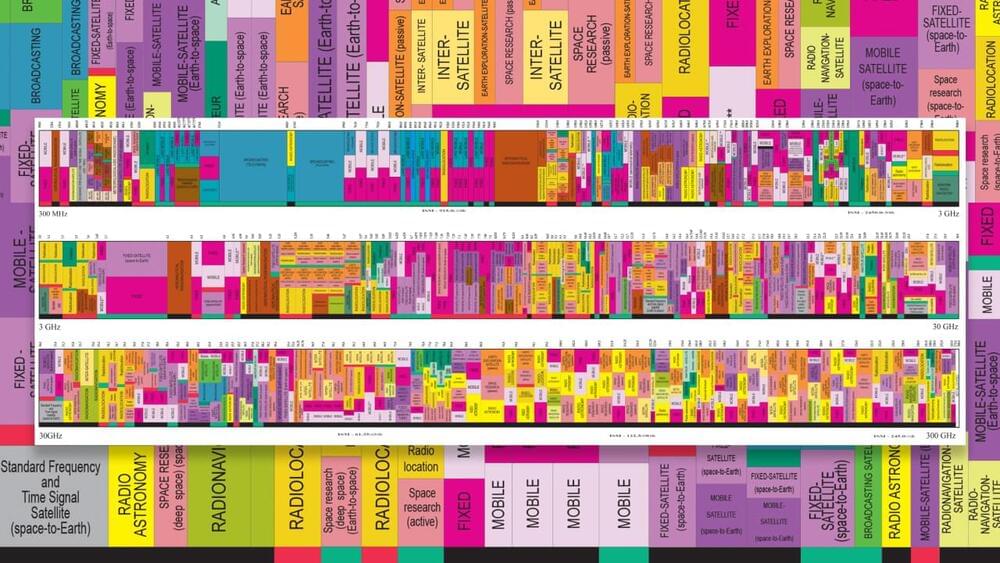A new study finds that AI tools could more quickly handle at least half of the tasks that auditors, interpreters and writers do now.


Follow our step-by-step video guide for growing cerebral organoids, or brain organoids, from human pluripotent stem cells (hPSCs). We’ll walk you through embryoid body formation, induction, expansion, and organoid maturation.
0:35 — Embryoid Body Formation.
2:57 — Induction.
4:07 — Expansion.
6:42 — Organoid Maturation.
View a printable protocol on how to grow cerebral organoids: https://bit.ly/38hvMDA
Explore resources for neural organoid research: https://bit.ly/34ZGWun.
#CerebralOrganoids #BrainOrganoids #3Dculture.
For a full list of products, as well as educational resources, visit our website: https://www.stemcell.com.

Editor’s note: “Quantum Computing Stocks Offer Life-Changing Wealth Potential for Long-Term Investors” was previously published in January 2023. It has since been updated to include the most relevant information available.
As a long-term investor during periods of market volatility like we’re seeing today, there’s one thing I always do.

Due to its potential for in-situ resource utilization by future lunar exploration missions and other space missions, lunar surface water has attracted significant attention.
Now, a research group led by Prof. Sen Hu from the Institute of Geology and Geophysics (IGG) of the Chinese Academy of Sciences (CAS) has found that impact glass beads in Chang’e-5 (CE5) lunar soils contain some water.
Detailed studies show that these glass beads are likely a new water reservoir on the Moon, recording the dynamic ingress and egress of solar wind-derived water and acting as a buffer for the lunar surface water cycle.

Year 2022 😗😁
The Climate Foundation’s SeaForestation project has won a Milestone XPRIZE for carbon removal, from Elon Musk’s foundation.
According to the prize’s official site, the competition “is aimed at tackling the biggest threat facing humanity — fighting climate change and rebalancing Earth’s carbon cycle”.
Funded by Elon Musk and the Musk Foundation, this $100 million competition claims to be the largest incentive prize in history.




Play EVE Online: https://eve.online/Ridddle_EN
In this video, we explore the fascinating prospects of humanity becoming a proper interstellar civilization, up to Type III on the Kardashev scale. However, this transition process presents our species with a bunch of physical limitations, as well as societal and even biological implications. Many of them are quite unwanted or even ugly! We explore this vast topic by using the latest scientific models as well as the best science fiction worlds from books, TV shows, and even games. Speaking of which, to help us visualize this space-faring future with much-needed scale and fidelity, we turned to CCP Games — the creators of the massively multiplayer online game EVE Online. https://eve.online/Ridddle_EN. It is set in a rich sci-fi universe, where players can create their own character and explore a vast and complex virtual world built according to the well-thought set of consistent in-world rules The game is known for its intricate economy, politics, and warfare mechanics, where players can engage in a variety of activities, including mining resources, trading, building structures, and participating in battles. Quite frankly, the game feels like a real simulation of all those future endeavors humanity will face on the way to becoming a true interstellar species!